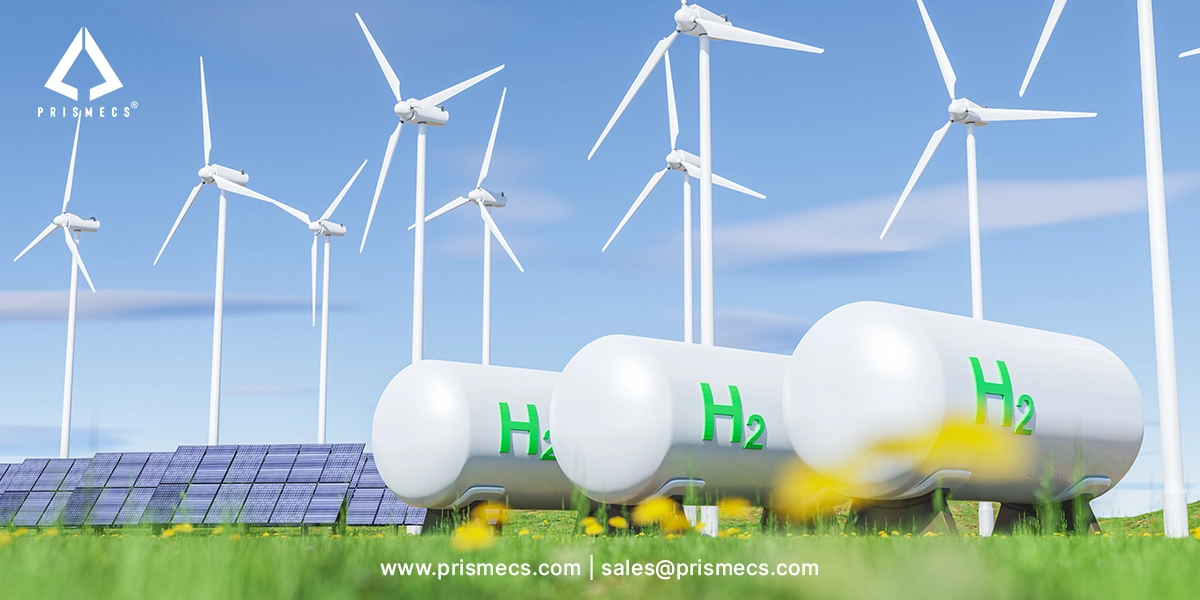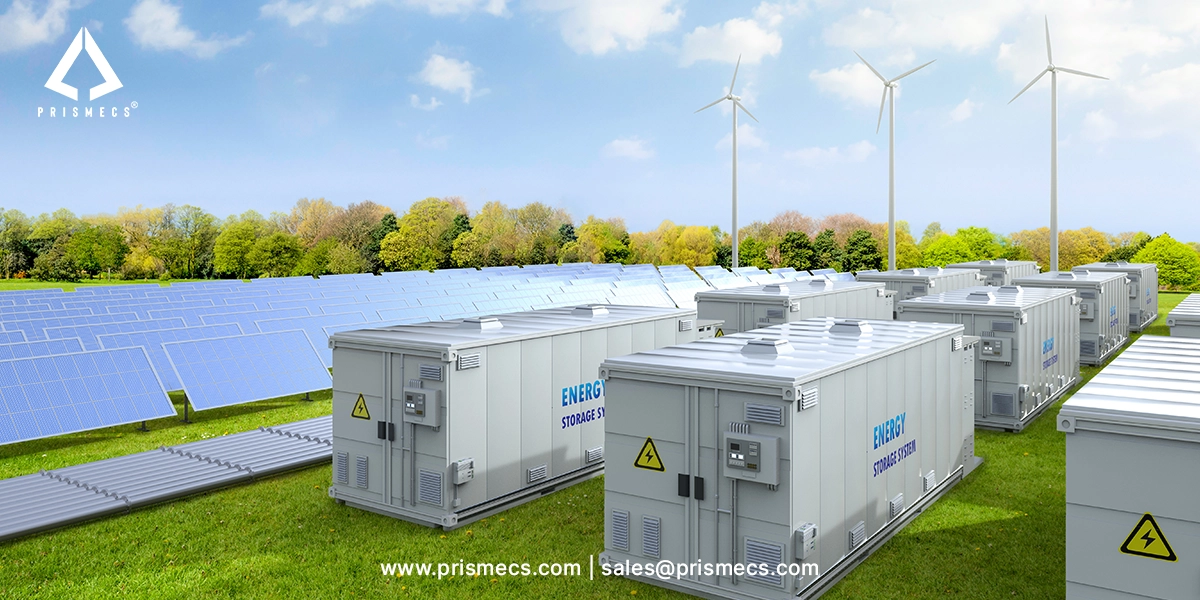
The oil and gas industry powers modern life and drives the global economy. This sector fuels cars and airplanes. It provides raw materials for plastics, medicines, and fertilizers. It touches almost every aspect of daily life.
Its complex structure covers exploration, production, transportation, refining, and distribution. Each stage plays a critical role in ensuring the smooth flow of crude oil and natural gas from the earth to consumers.
This blog explores key operations in the oil & gas sectors. It highlights its significance to the gas industry and energy markets. It explains how oil and gas companies manage upstream, midstream, and downstream processes to keep the world running.
Significance of the Oil and Gas Industry
The oil and gas industry forms the backbone of the world’s energy supply. Gas producers and oil companies meet the rising demand for fuels such as jet fuel, heating oil, and gasoline. Beyond fuel, industry supplies feedstocks to produce oil-derived chemicals used in multiple industries. Without a steady supply of petroleum products, transportation networks, power generation, and manufacturing would slow down, creating ripple effects across the global economy.
The sector also provides millions of jobs worldwide, from engineers on drilling rigs to technicians working in refineries. Oil and gas-producing nations depend on revenue from exploration and production (E&P) activities. They use this revenue to fund infrastructure, education, and healthcare. Clearly, the health of this sector has a direct impact on economic stability and energy security.
Analysts project oil prices to hover between US$70/bbl and US$8/bbl in 2025. With a potential uplift of US$10/bbl if geopolitical tensions escalate.
Sectors of the Oil and Gas Sector
The oil and gas sector is divided into three major segments: upstream, midstream, and downstream. Each part connects with the next, forming an integrated chain that spans from resource discovery to end-user consumption.
Upstream: Exploration and Production (E&P)
The upstream sector focuses on finding and producing crude oil and natural gas. Activities here include:
Exploration
Oil companies search for potential reserves in gas fields, offshore basins, and shale plays. Geologists and geophysicists utilize advanced technologies, such as seismic imaging, to identify promising locations.
Drilling
Once exploration confirms a viable reserve, operators deploy a drilling rig to extract resources. Technologies like hydraulic fracturing unlock shale reserves, making once-inaccessible formations economically viable.
Production
Wells bring resources to the surface. Engineers manage oil and gas production by ensuring pressure control, fluid separation, and safe operations. The upstream segment involves high risks but also high rewards. Discoveries at this stage determine the future supply of energy resources.
Midstream: Transportation and Storage
Once extracted, hydrocarbons move through the midstream network. Midstream companies manage the logistics of transporting crude oil and natural gas to refineries and distribution centers. These operations form a vital part of the production process, connecting upstream gas fields to drill activities to downstream consumers.
Pipelines
Pipelines serve as the backbone of the midstream system, moving large volumes across long distances. They transport fossil fuels, such as crude oil and natural gas, from Saudi Arabia. They move them from other major producing regions to refineries and export terminals. Reliable pipeline systems reduce dependence on manual transport and ensure smooth energy transfer throughout the production process.
Storage Facilities
Companies store crude oil and refined products to balance supply with demand. These storage facilities help stabilize market fluctuations and maintain the steady availability of fossil fuels. In regions like Saudi Arabia, such infrastructure plays a critical role. It manages output from large gas fields to drill operations before distribution to end-users.
Shipping and Trucking
Tankers and trucks transport hydrocarbons where pipelines cannot be reached. These methods support the delivery of fossil fuels from remote production areas to refineries and export points. Saudi Arabia’s midstream fleet ensures timely delivery from isolated gas field drill sites. This process keeps production consistent.
This sector ensures that oil production from remote gas fields reaches consumers in both domestic and global markets. Efficient midstream infrastructure minimizes bottlenecks and ensures energy flows smoothly.
Downstream: Refining and Distribution
The downstream segment turns raw hydrocarbons into usable products. Refineries process crude oil and natural gas into fuels, chemicals, and by-products. In the Middle East energy sector, downstream operations play a key role in meeting growing demand for finished products. Major downstream activities include:
Refining
Facilities break down crude into jet fuel, heating oil, diesel, gasoline, and petrochemical feedstocks. These refineries handle high-pressure processes to ensure efficient conversion and product quality. In the Middle East energy sector, advanced refining technologies help maximize output and fuel performance.
Marketing
Oil companies distribute refined products through retail outlets such as gas stations. The marketing process ensures that every finished product, from diesel to lubricants, reaches end-users efficiently. In many Middle East regions, downstream marketing networks strengthen energy accessibility and brand presence.
Petrochemical Manufacturing
By-products serve as raw materials for plastics, textiles, and synthetic rubber. The energy sector relies on these materials for diverse industrial and consumer applications. Many Middle East petrochemical plants operate under high-pressure systems to achieve precision and production efficiency.
Downstream operations create the products that consumers and businesses rely on daily. They form the most visible part of the energy sector, supplying finished products that power industries and everyday life.
Key Operations Across the Oil and Gas Industry
Each sector of the industry involves unique but interconnected operations. Let’s look closely at the core functions:
Exploration and Development
- Companies conduct seismic surveys to identify underground formations.
- Once they locate resources, they drill test wells to confirm the potential.
- If successful, they design and build production facilities to bring resources online.
These steps determine whether new gas fields or oil reserves contribute to global supply.
Drilling Operations
- A drilling rig penetrates the earth to reach hydrocarbons.
- Hydraulic fracturing enhances recovery by creating fissures in rock formations.
- Engineers continuously monitor drilling parameters to maximize efficiency and safety.
This stage requires advanced technology and skilled professionals to minimize risks and optimize recovery.
Oil and Gas Production
- Once wells begin production, operators separate crude oil and natural gas from water and other impurities.
- Equipment controls flow rates and maintains pressure for steady production.
- Safety systems prevent leaks, blowouts, and environmental hazards.
Production marks the transition from exploration to a steady flow of energy resources.
Transportation and Storage
- Midstream companies move resources by pipelines, rail, and tankers.
- Storage tanks buffer supply during fluctuations in demand.
- International shipping supports the global trade of oil and gas-producing nations.
This operation ensures a continuous supply to refineries and distribution networks.
Refining and Processing
- Refineries heat, separate, and treat hydrocarbons to produce fuels.
- Units such as distillation towers and cracking plants maximize output.
- By-products become feedstock for petrochemicals and lubricants.
Refining adds value to raw resources by converting them into market-ready products.
Distribution and Marketing
- Oil and gas companies sell fuels to industrial customers, airlines, and retail consumers.
- Jet fuel powers aviation, while heating oil supports households during winter.
- Gasoline and diesel keep global transportation systems moving.
This stage connects the production of oil to everyday life.
Challenges in the Oil and Gas Industry
The oil and gas industry powers global economies. It faces evolving challenges across oil fields and production operations. Companies manage the environmental impact of oil produced and adapt to shifting market trends. They stay resilient to thrive in this competitive sector.
Volatile Prices
Fluctuations in global supply and demand impact profitability. These unpredictable swings make long-term planning and budgeting increasingly difficult for energy companies.
Environmental Concerns
Regulators push for lower emissions and reduced carbon footprints. Companies must now invest in cleaner technologies to meet sustainability goals and avoid penalties.
Technological Demands
New extraction techniques, such as hydraulic fracturing, require investment and innovation. Staying competitive means adopting automation, real-time monitoring, and advanced data analytics.
Geopolitical Tensions
Conflicts in oil-rich regions disrupt supply chains. Such instability can lead to price spikes and compel companies to diversify their sourcing and logistics. Companies must adapt by investing in sustainable practices, improving efficiency, and exploring alternative energy sources.
The Future of the Oil and Gas Industry
Despite the push toward renewable energy, the oil and gas sector will remain vital for decades. The demand for crude oil and natural gas continues to rise in developing economies. Airlines depend on jet fuel; industries need raw materials, and households rely on heating oil.
However, oil and gas companies are diversified. They invest in cleaner technologies, carbon capture, and the integration of renewable energy. Midstream companies upgrade infrastructure to reduce methane leaks, while refiners innovate to produce cleaner fuels. The balance between meeting current energy demand and preparing for a low-carbon future defines the path forward.
At the Bottom Line
The energy needs of the modern world are sustained by the oil and gas industry. Upstream exploration and production (E&P) drive resource discovery and extraction. Midstream companies ensure transport efficiency. Downstream refineries create essential products. Every stage plays a vital role. The sector powers economies, supports industries, and supplies the energy that moves the world.
As technology evolves and sustainability becomes a priority, the industry will continue to transform. But one truth remains: the production of oil and gas will continue to shape the global economy for years to come.
How Prismecs Can Help You with Oil and Gas Operations?
Prismecs delivers end-to-end support across the oil and gas industry. It encompasses exploration and production (E&P), midstream logistics, and downstream refining. We provide turnkey solutions, including drilling rig support, hydraulic fracturing systems, modular process units, and rotating equipment services.
Prismecs optimizes oil and gas production, enhances pipeline reliability, and improves refinery performance. It helps oil and gas companies reduce downtime and boost efficiency. It scales operations across all sectors of the oil and gas industry. To avail of our oil and gas services, call us at +1 (888) 774-7632 or email us at sales@prismecs.com.
Tags: Oil and Gas Industry Gas Industry Gas Producers Sectors Of the Oil and Gas Sector Gas Fields Drill Oil And Gas Production Crude Oil and Natural Gas Heating Oil Oil And Gas Producing Oil Company Production of Oil
recent posts

Green Hydrogen
6 minutes read
Green Hydrogen Plant Technology Guide
Discover how a green hydrogen plant works, its key technologies, and its role in clean energy. Explore solutions for scalable, carbon-free hydrogen pr...

EPC Services
7 minutes read
EPC Power: From Design to Delivery of Reliable Energy System
Discover how EPC power solutions streamline design to delivery, ensuring reliable, efficient, and future-ready energy systems in one integrated proces...

Data Centers
12 minutes read
Powered Shell Data Centers | Benefits, Design & Adoption
Discover the benefits, design, and adoption of powered shell data centers. Learn how they boost speed to market, scalability, and energy efficiency.

Distributed Energy Services
9 minutes read
Smart Grid and Distributed Energy Resources
Discover how smart grids and distributed energy resources (DER) work together to create efficient, resilient, and sustainable energy systems for the f...